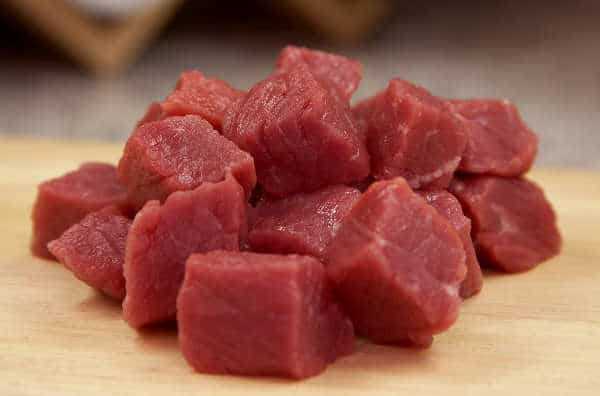Two liters of gasoline, 18 ears of corn, 1.6 kilograms of feed, 4.5 kilograms of carbon dioxide, and 3,515 liters of water – these are the quantities of resources required to produce an eight-ounce steak, according to Isha Datar’s October 2012 TED Talk. As a point of reference, eight ounces is the equivalent of just two servings of beef.
But Datar offers a solution to resource-heavy meat production with a new method of growing meat from cell cultures. Datar is a scientist at Canada’s first in vitro meat lab at the University of Alberta and the author of “Possibilities for an in vitro meat production system,” a Canadian research project on the benefits of cultured meat.
The growing demand for meat worldwide, as well as the mounting environmental impacts of current meat production, have propelled the development of in vitro meat production systems (IMPS). Datar argues that in vitro meat is a humane and safe alternative to farm- or CAFO-raised meat.
The in vitro process functions by multiplying cells in a liquid medium on a very large scale, producing only what humans want to consume. The idea is, in Datar’s words, to grow “just the meat…[not the] ears, tails, horn, hide; things we don’t eat.”
IMPS involves about 35 – 60 percent lower energy use, 80 – 95 percent lower greenhouse gas emissions, and 98 percent lower land use than conventionally produced meat, according to Datar. Also, because in vitro meat is 100 percent muscle, saturated fat is eliminated.
This alternative to meat production may have potential benefits to the environment, as well as to consumers. But will consumers be willing to try meat grown in a petri dish? And what are the risks of eating food grown in a lab?







